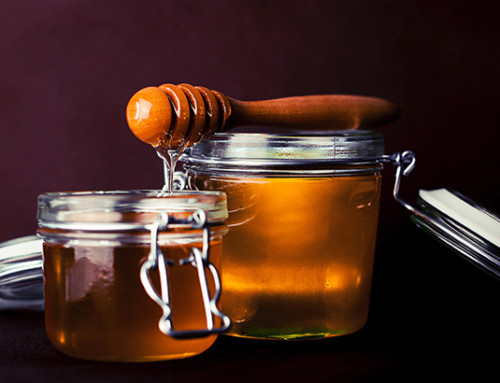As spring arrives, and it begins to rain, it’s important to understand what acid rain is and the effects it can have. This time of year is a perfect time to do this experiment looking at the effects of acid rain on metal.
Today’s experiment is brought to you by the US EPA. This isn’t the first time we’re singing the praises of the US EPA’s educational website and resources for students and teachers. Today, we have found another great teacher resource from the EPA looking at acid effects on metals. Scroll down to page 36 of their Teacher Guide, and you’ll find this awesome experiment, as well as several others and excellent introductory information along the way.
Background
When acids and metals are exposed to each other, the metal is gradually dissolved away in a chemical reaction. In this experiment, you will observe the reaction for yourself, but you will need patience. The chemical effect of acids on metals may take at least 5 days for the human eye to see, even though the reaction starts as soon as the acid contacts the metal. For more extensive background on acid rain, review pages 8-25 of the US EPA’s Teacher Guide.
This experiment will take approximately 20 minutes the first day, then 5-10 minutes each additional day.
Materials
- pH 1-14 test strips
- 2 cups or beakers
- 2 clean copper pennies (minted before 1983)
- 3 tablespoons of white vinegar
- 3 tablespoons of distilled water
- Ammonia
- Plastic wrap
Instructions
- Label one cup “water” and the other cup “vinegar”.
- Put 3 tablespoons of vinegar in the “vinegar” cup, enough to cover the penny completely.
- Test the pH of the vinegar.
- Put 3 tablespoons of distilled water in the “water” cup, again, enough to cover the penny completely.
- Test the pH of the distilled water. The pH should be between 6 & 7. If the pH is below 6, add ammonia and recheck the pH. Repeat this process until the pH is between 6 and 7.
- Repeat steps 3 and 5 two more times, so you test and record the pH results a total of 3 times for each sample. Record the results.
- Place one penny in each cup. Be sure to use pennies minted before 1983 because pennies minted after that time have a different chemical composition.
- Seal the top of each cup with plastic wrap to prevent evaporation.
- Place the cups in a safe, dry place out of direct sunlight for about 5 days.
- What do you think will happen to the penny in each cup? How will they differ? Write down your hypothesis.
- After 5 days, observe the changes that occurred in each cup and to the penny in each cup.
Questions
- What change, if any, took place in the distilled water cup and to the penny after 5 days? (There should be no change.)
- What change, if any, took place in the vinegar cup and to the penny after 5 days? (The liquid should be bluish-green. The bluish-green substance in the vinegar comes from the copper in the penny. It is a byproduct of the chemical reaction in which the acid in the vinegar gradually eats away the penny.)
- When you rinsed off the pennies, were you surprised that they both looked about the same as they did at the beginning of the experiment? (The chemical reaction between the acid and the copper penny is so slow that you cannot see any difference in the shape of the metal in just 5 days, at least not with your eye alone. You may see some changes after about 2 weeks, especially at the edge of the penny.)
- Were your hypotheses correct?
For more information, visit the US EPA’s website. There are some great classroom activities and games listed, as well as additional resources and a few other acid rain experiments.







Leave A Comment